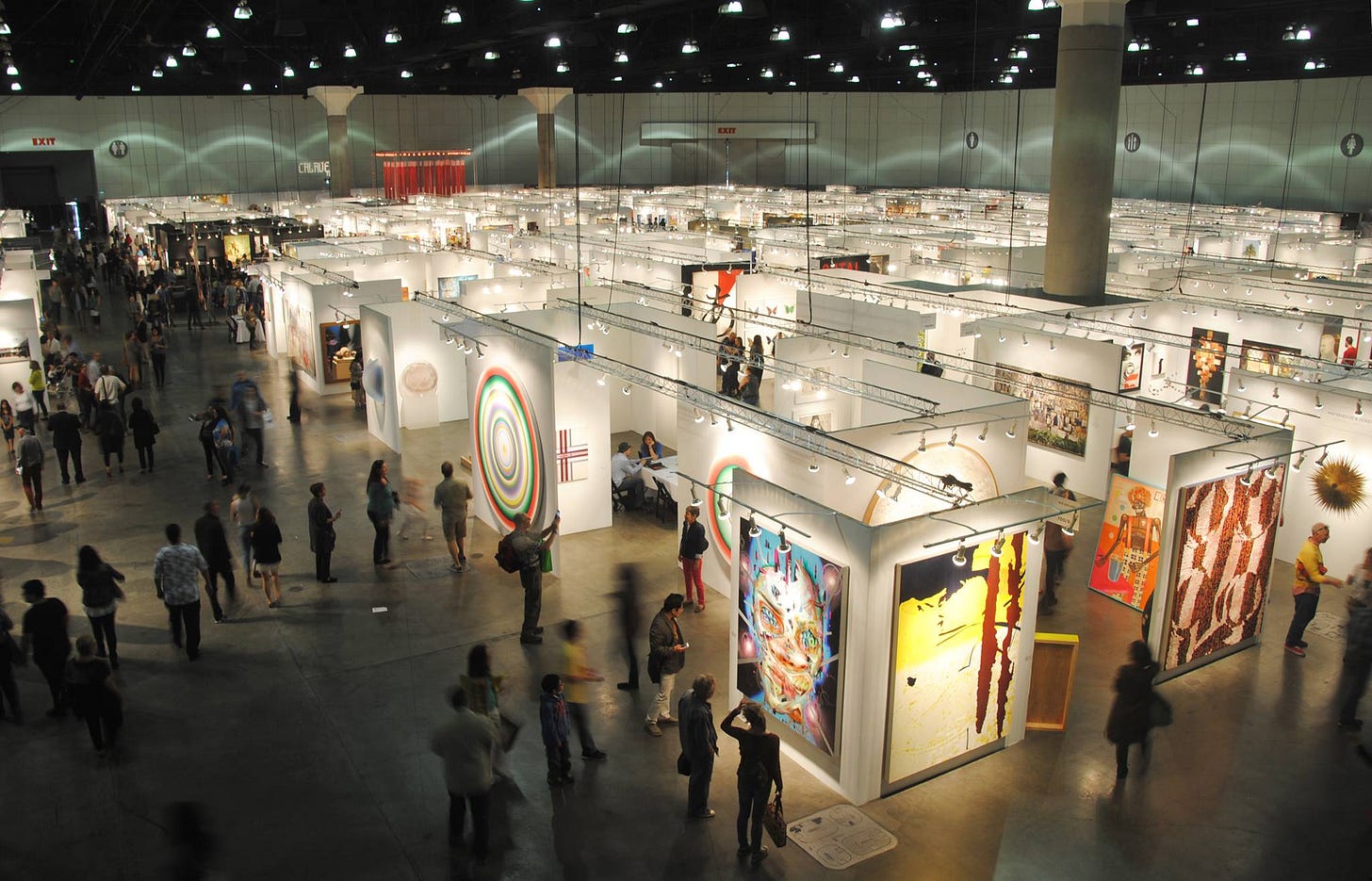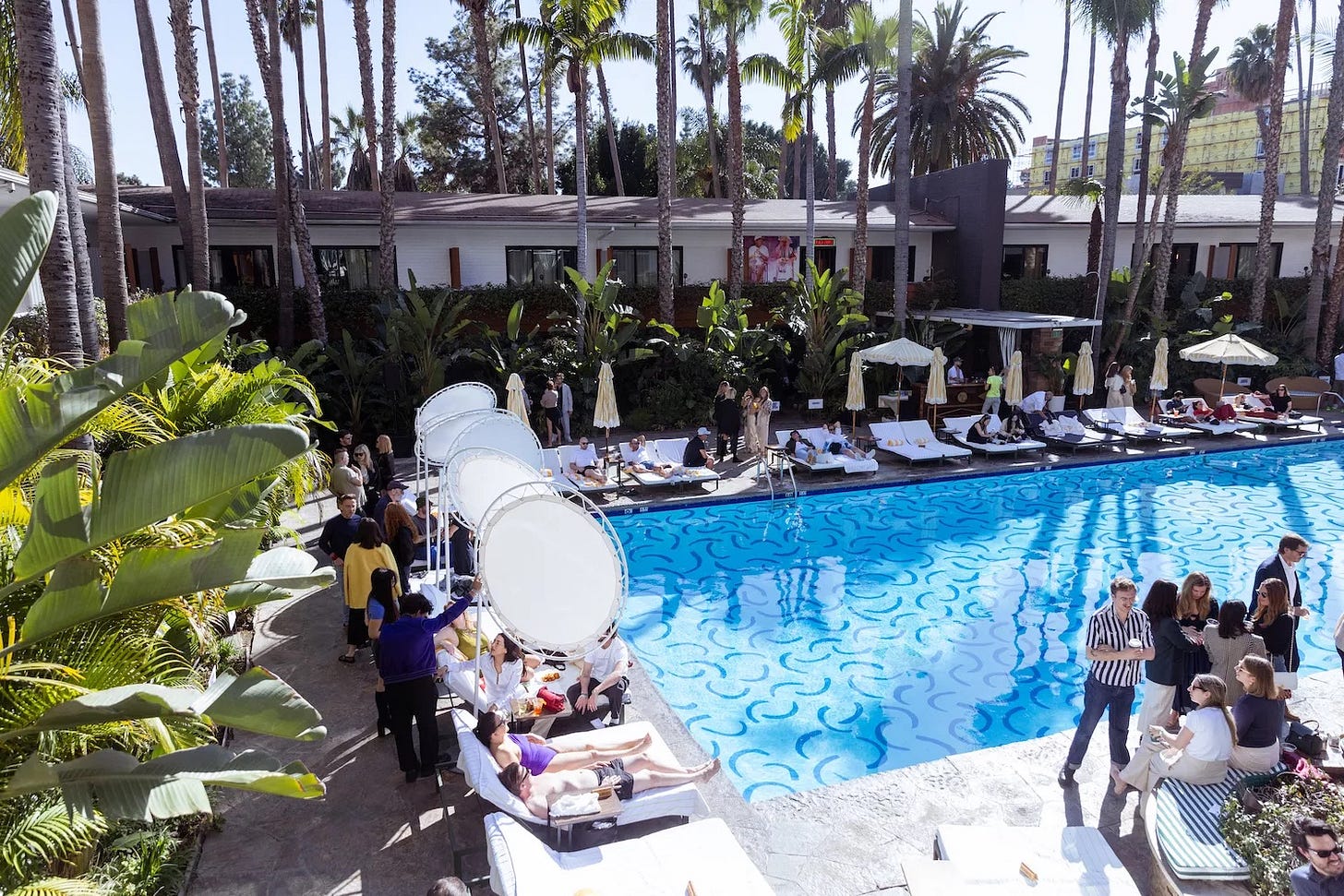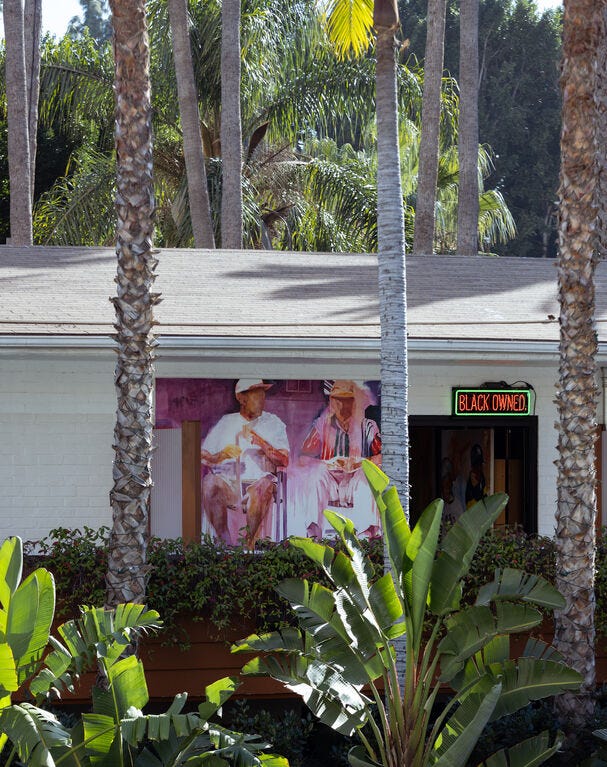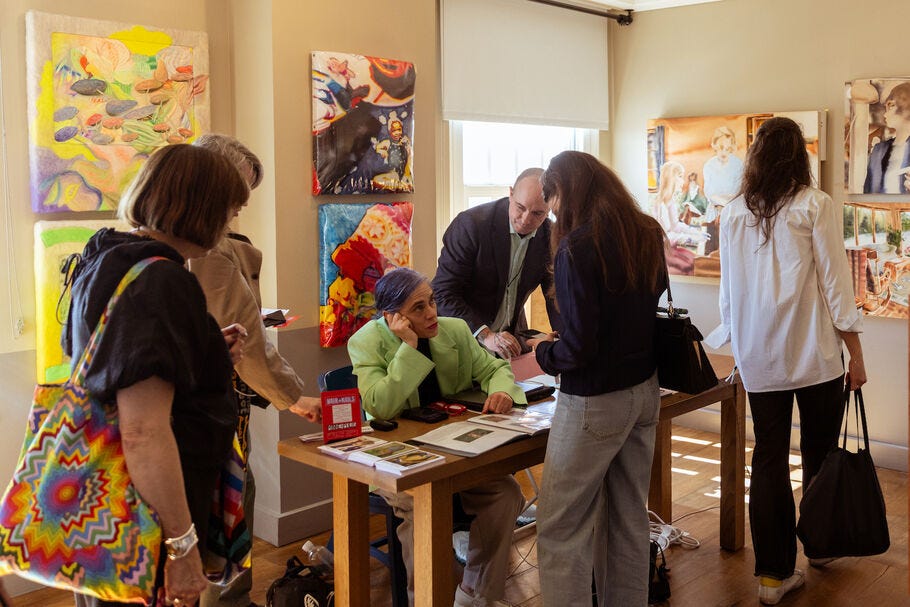Musings on Art Buying | Part 2
Felix Art Fair favorites + what to look for when starting your collection
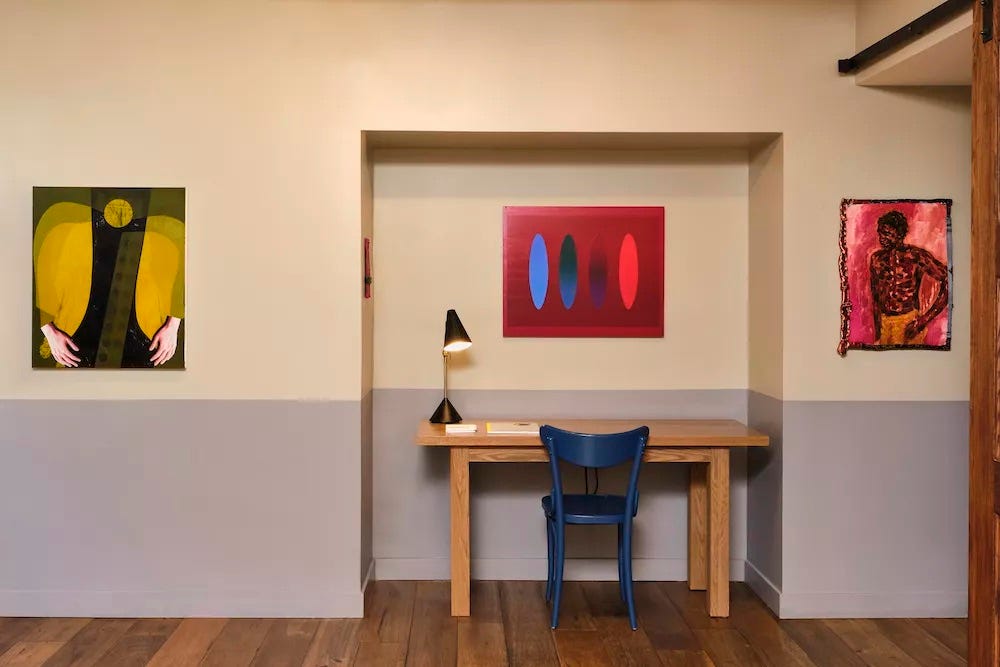
This is part two of my two part series on art buying. You can read part one focused on what makes art buying so tough and what caught my eye at Frieze art fair here.
Part two today will cover Felix Art Fair, another contemporary art fair in LA, that focuses on mostly smaller galleries and artists. At the end of this piece, I’ll dive into some questions and ideas to thinking about when you are looking to get started on buying art.
Shameless plug - If you are considering buying art and want some help, I’d love to work with you. Email me and we can chat - anar@lotagoods.com.
___

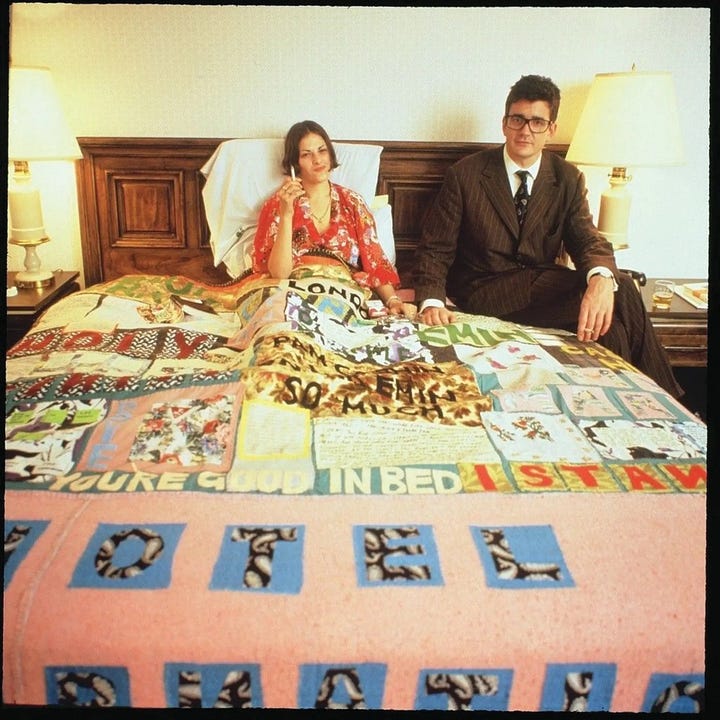
Art fairs, which started as a way for artists and collectors to bring visibility to their markets, have blown up into massive behemoths that are money-making machines. Felix Art Fair, now in its fifth year, took a page from the iconic Gramercy International Fair that opened in New York City in ‘90s in the then rundown Gramercy Hotel (it was bought by hotelier Ian Schrager and real estate developer Aby Rosen in the early 2000s and redesigned it).
The Gramercy International Fair was designed to support young dealers and artists have a place to sell1. Hotel rooms offered the perfect ambiance to help buyers imagine the art in a space like their own and the set up saved money for galleries (they just had to pay for a room at the hotel which they could use as accommodation and a small administrative fee) plus was great for the hotel. Showing art in intimate spaces immediately disarmed buyers, sellers, and artists alike - momentarily tearing down the wall between artist and collector. As the founders of the fair shared, “Felix is inspired by that feeling of turning a corner and finding your new favorite piece of art above a couch or in a hotel room bathroom — we’re trying to capture that same spontaneity”.
The Felix Art Fair is housed at the Roosevelt Hotel in Hollywood with 60 galleries, taking over hotel rooms including more under-the-radar galleries, like non-profits and artist-run spaces. Most art ranges from $2,000 to $8,000, a far cry from the six figure prices at Frieze. From the cinematic light flowing into the room to the views of the Hollywood Hills to a full on party on the cabana level near the pool, Felix is unabashedly a fun art fair and the energy is quintessentially LA.
Residency Art Gallery from Inglewood was a standout favorite. They featured work by Will Maxen who portrayed figures that seemingly melted into their backgrounds, mixing fact and feeling where some memories feel within reach and others simply fade away. Every single piece moved me - I felt like I walked into the middle of a tender moment that would leave a mark on those involved and those watching.
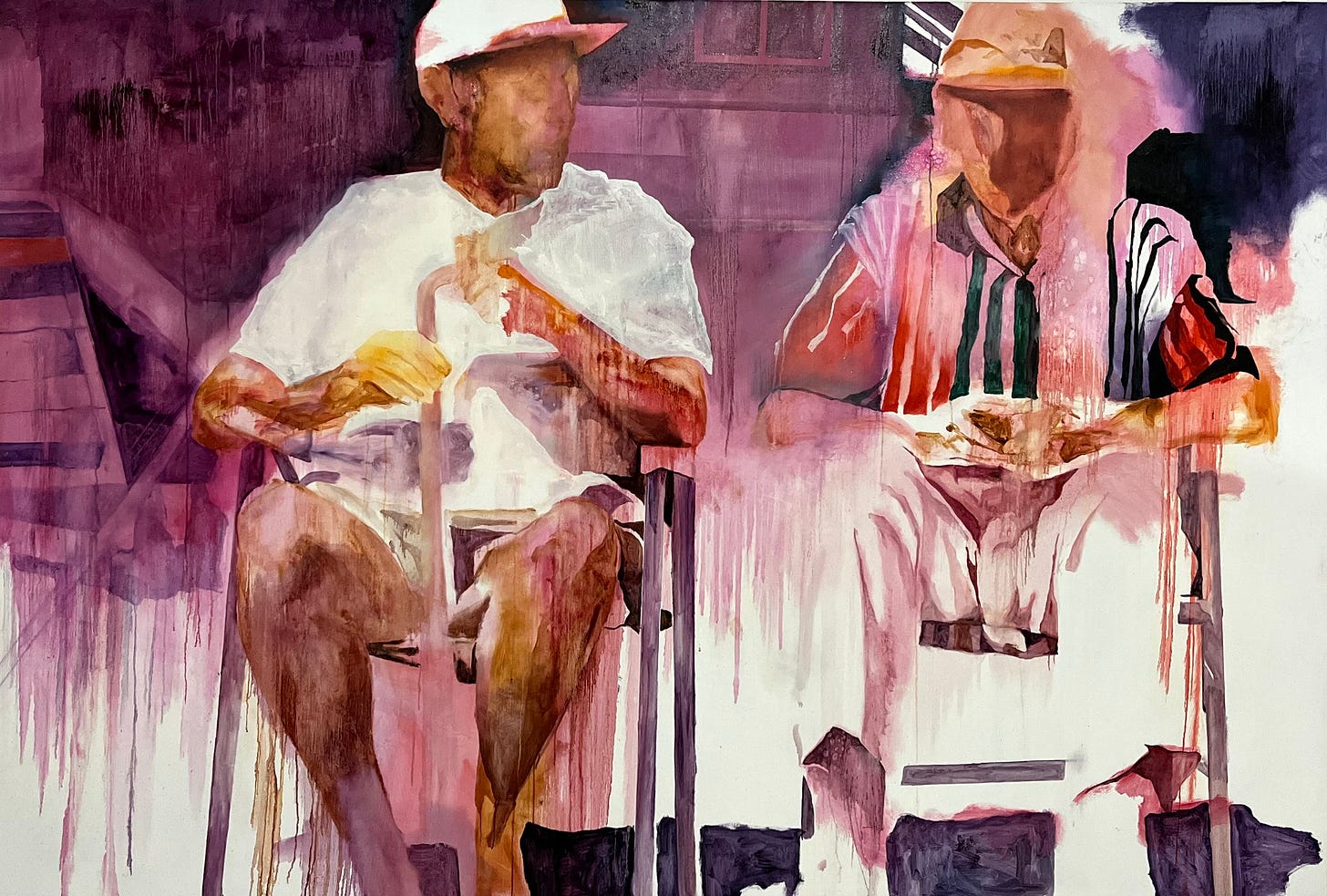


Miami-based Nina Johnson’s presentation of Dee Clements' sculptural hand-woven baskets that referenced female bodies and experiences. Clements not only wove the baskets, but also used paint and clay to form stunning bases to bring the stories to life. Standing in the room filled with them (which the shots below do not do justice to!), I could feel their energy—a room filled with stories and lives of people past, present, and future.
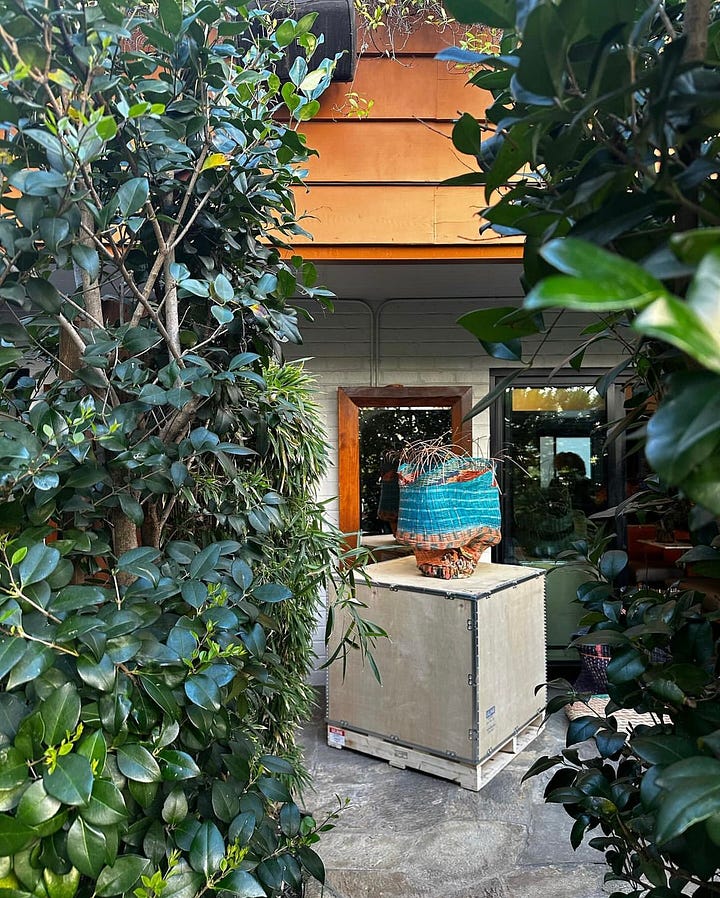
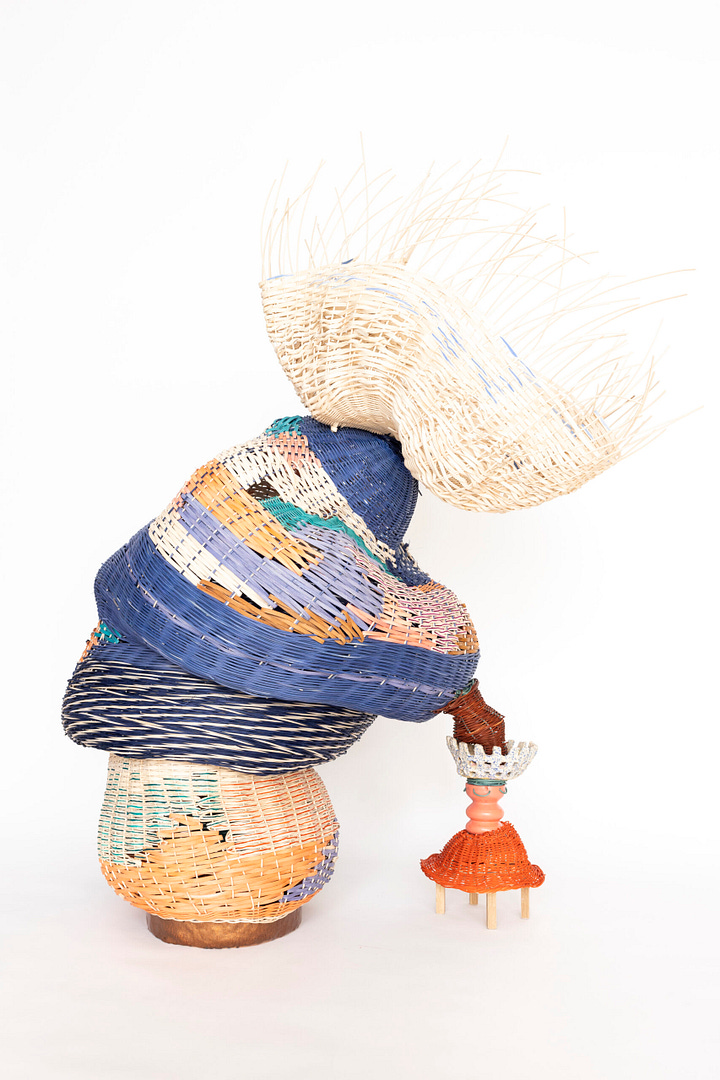
Minneapolis-based gallery, Hair + Nails, is an artist-run space that has become a hub for the community by investing in local talent and offering a path to the international stage. Julia Garcia was one of those artists, a Cuban-American artist living in Minneapolis local by way of Florida. Garcia uses collage-like application of acrylic and ink onto wet raw canvas to let nature lead the way. The fluidity of her pieces feel like an eerie trance, hinting at a darker past with forlorn expressions and empty glances.
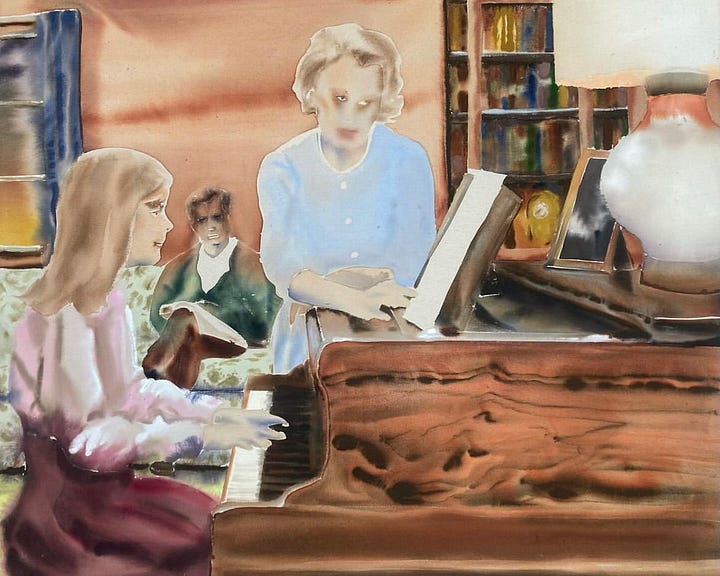
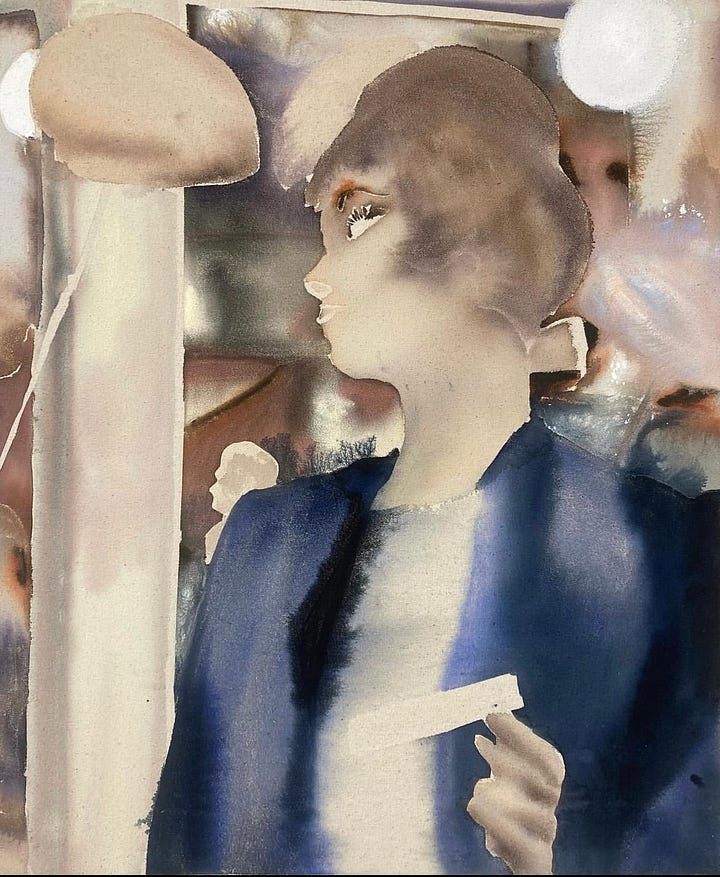


Reflecting on my journey through Felix Art Fair and the pieces that spoke to me, I'm reminded of art's unique ability to connect us with stories, emotions, and visions far beyond our immediate world. Art buying, while daunting at first, becomes a journey of self-discovery and connection when approached with curiosity and an open heart.
As we bring pieces into our spaces, we're not just decorating walls—we're curating experiences and echoes of our collective humanity.
Some tips and questions I’ve found helpful when trying to think about what you really love are:
Capture any art that you immediately gravitate towards. I’ve found it also helpful to note down things you don’t like (Tip: Screenshot, like, take a picture of, link it in your Notes app, etc.).
Figure out what the feeling you want to create in your space is (peaceful, energizing, creative, disarming, mediative, etc.) What pieces add to the feeling you want to create in your space?
Find art that moves you. Which pieces resonate with you because they make you feel seen or push you in a way that feels good? Which pieces just inexplicably feel right?
Then, think a little bit about the why? Do the colors bring the energy you need? Is it the people and what they represent? Or is it the lack of people and story that you filled in the blanks about that excites you? There is no right or wrong with art - it’s deeply personal and evokes emotions tied to your own personal history (which is the best part!).
From there you can go deeper on art styles, art stories, and much, much more, but at least these pieces can get you in tune with what you like.
At the end, the most important question to me really is: What stories do we want to tell? That’s always a great starting point.
Unsurprisingly, Gramercy International Art Fair was later turned into the Armory Show and follows the same line of large, blue-chip shows that it once running counter to.



